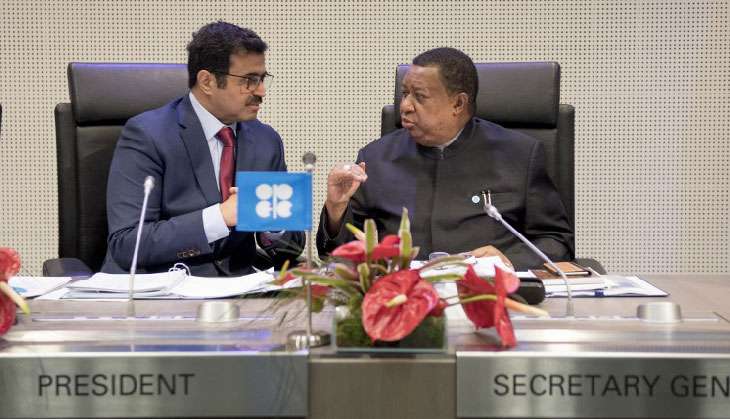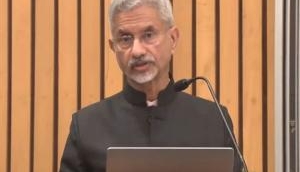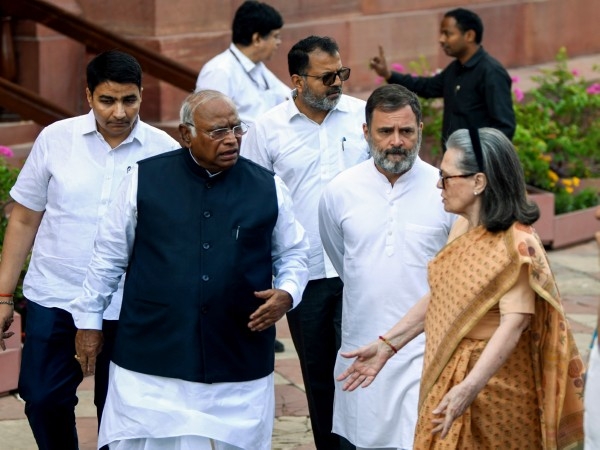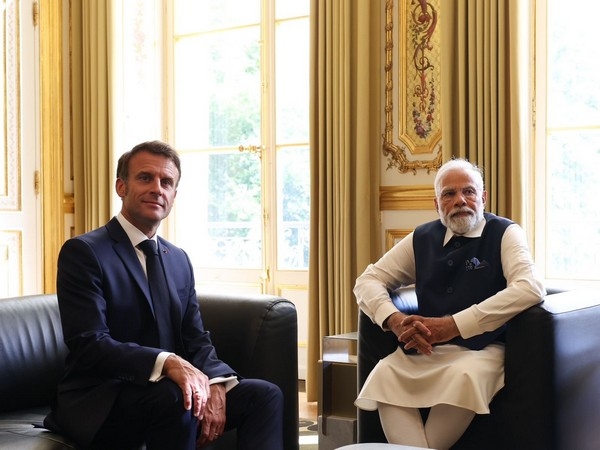Why OPEC's squeeze on oil prices is getting weaker all the time

OPEC's recent decision to cut oil production for the first time in eight years marked the return of the oil cartel's favourite tactic: squeeze supply in a bid to jack up the price.
Of course, this is nothing new. In 1851, during the Pennsylvania oil rush, the Oil Creek Association helped to push the price of oil up from 10 US cents a barrel to US$4.
OPEC can only dream of having the power to move prices by 4,000%. The reality is that its power to move prices at all is waning rapidly, as factors move beyond the bloc's control.
It's worth noting what happened to the oil drillers of Pennsylvania after they installed a floor under their high oil prices. Investors shifted their focus elsewhere, looking to Russia, Texas and eventually the Middle East. Precisely the same thing is happening to OPEC, particularly through the advent of the US shale oil industry. And this time it's happening not in the golden age of oil but in an era when market conditions for polluting fuels are much tougher.
In 2008, when oil prices were high, Goldman Sachs predicted that oil would hit US$200 a barrel. But they are financial wizards, not historians. It has been 75% less for most of the period since.
Over the decades we have also grown used to hearing predictions that there are "only 30 years of oil left at current production rates". (The horizon never seems to move any closer or further away.)
But bear in mind that oil reserves are a function of technology and price. When prices rise and technologies improve, more oil becomes economically viable to extract, effectively increasing the world's oil reserves. As prices fall, these reserves effectively cease to exist until prices rebound or technology gets cheaper.
So, in one sense, the oil game hasn't changed. OPEC needs high prices to justify extracting the oil. But bigger factors are now at play, which makes it harder for OPEC to squeeze supply as effectively as it once did.
What has changed?
OPEC was at its most powerful when the United States, the world's largest oil consumer, relied on OPEC member states to meet its oil needs. Since the US shale boom increased US energy independence, OPEC can no longer threaten supply as it did during the 1970s. Now it simply risks squeezing itself out of the market.
It's not just the US domestic market that has grown. If OPEC restricts supply, Canada can increase oil production from tar sands, and Brazil can bring on more deep-water oil production.
All of this challenges the perception that there is a shortage of oil, although more sophisticated peak-oil followers have shown that cheap oil from conventional sources did indeed peak in 2007, prompting the most recent big surge in oil prices.
In a bid to maintain its influence on supply and therefore prices, OPEC has turned to Russia, the world's largest state-controlled oil producer, which has agreed to cut production in tandem with OPEC nations.
But even this will not be enough to keep pace with the changes wrought by new markets, new technologies and energy efficiency. Two years ago we wrote that OPEC had lost its power and, despite the latest move, we don't see much to indicate that it has returned.
The knock-on effects
The fundamentals of the oil industry haven't changed with this latest deal. In Australia the effect will be a roughly 5% increase in the oil price, and a larger increase in the price of petrol (perhaps up to 10%), as distributors and retailers take advantage.
Aside from the small effect on Australian consumers, this announcement will probably be helpful to Australian oil companies, giving them some good news to tell shareholders and employees.
But before boardrooms get too excited, it is worth noting that oil is also suffering a demand problem. All developed nations have now begun to decouple economic growth from fossil fuels. For oil, the chief threat is one of being replaced by electric public transport and electric or hybrid cars.
Oil's murky future
Oil's future suffers from another problem: it's not good for your health. An announcement that will have a more powerful effect on the oil price, but which received much less media attention, came in 2012 when the International Agency for Research on Cancer (IARC) updated its classification of diesel engine exhaust from "probably carcinogenic to humans" (Group 2A) to "carcinogenic to humans" (Group 1). Petrol exhaust is listed as probably carcinogenic.
Health impacts are a large driver for moving away from fossil fuels - even for those who don't accept the predicted climate impacts. With the fundamental shift towards fuel efficiency and electric vehicles, the Volkswagen emissions scandal and the awareness that petrol and diesel cause cancer, respiratory disease and lower birth weights in babies with mothers living near major roads, the trend for oil consumption is downward.
So the drivers for change are as they have always been - demand and technology are behind the wheel, not OPEC making "important" announcements. Look for a small, short-lived increase in your local fuel price, but remember that if your tank of fuel goes up by 10c a litre, most of that isn't down to OPEC. It's mainly retailers looking for a bigger Christmas bonus.
![]()
Mark Andrich, Director, Sustainability and Finance Specialist, University of Western Australia and Jemma Green, Research Fellow, Curtin University
This article was originally published on The Conversation. Read the original article.
First published: 6 December 2016, 7:05 IST





![BJP's Kapil Mishra recreates Shankar Mahadevan’s ‘Breathless’ song to highlight Delhi pollution [WATCH] BJP's Kapil Mishra recreates Shankar Mahadevan’s ‘Breathless’ song to highlight Delhi pollution [WATCH]](https://images.catchnews.com/upload/2022/11/03/kapil-mishra_240884_300x172.png)

![Anupam Kher shares pictures of his toned body on 67th birthday [MUST SEE] Anupam Kher shares pictures of his toned body on 67th birthday [MUST SEE]](https://images.catchnews.com/upload/2022/03/07/Anupam_kher_231145_300x172.jpg)






